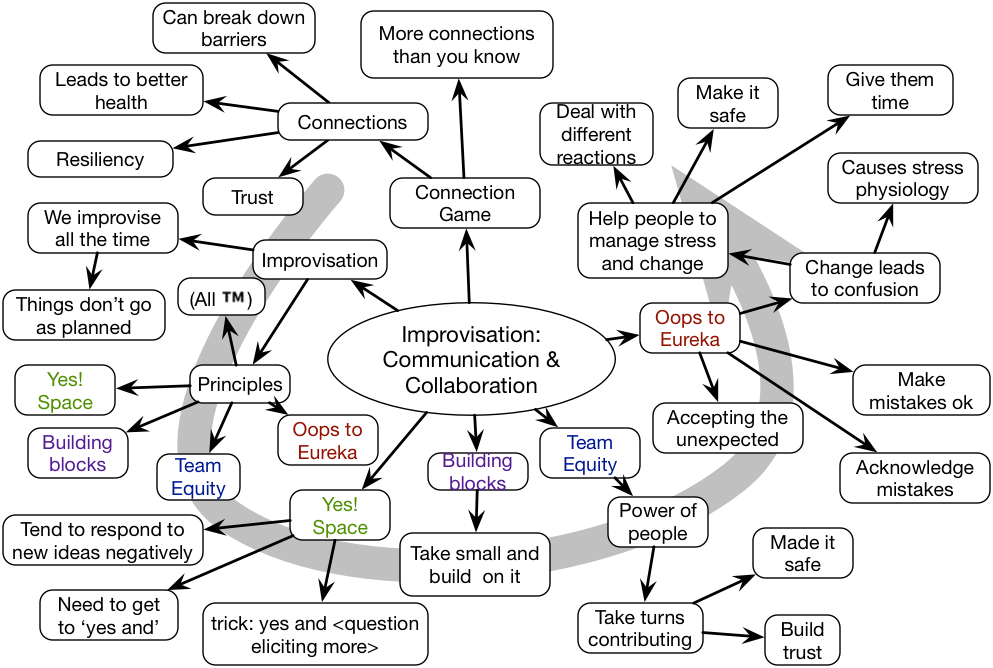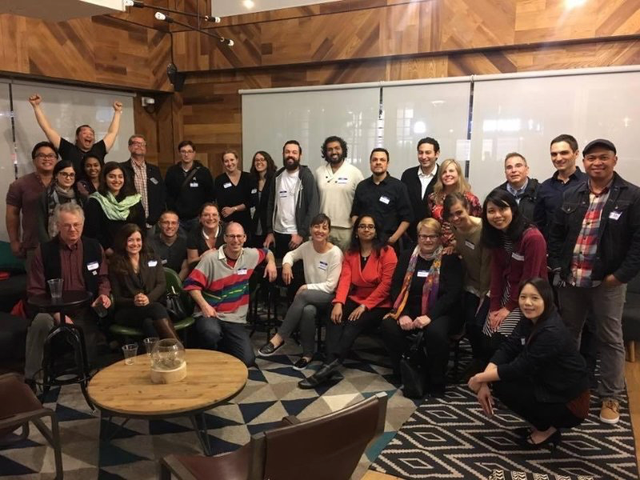I was listening to a tale recounting a time when an organization was going through a change, and had solicited help. And the story surprised me. The short story is that the initial approach being taken weren’t leveraging technology effectively. And it led me to wonder how many organizations are still doing things the old way.
So the story was of a critical organizational change. The hired guns (the typical consulting agency) came into to do their usual schtick, interviewing some people and making recommendations. The problem was, there was no way to interview an appropriately representative sample, and consequently the outcome was going to be less than optimal. The resulting plan was large. dd
In this situation, a colleague stepped in and managed to arrange to use a social platform to do a better job of sharing the intentions and soliciting feedback. You might not be surprised to hear that the subsequent process also yielded greater buy-in. The process resulted in a fine-grained analysis of the plan, with some elements continuing to be executed by the initial partner, others taken on internally, and others discarded. The ultimate cost was reduced far more than the cost to implement this extra step.
The missed opportunity, it turns out, was that the process used didn’t get scaled and implemented for further changes. Some outside factors removed the instigator responsible for the change and it had been done as a ‘stealth’ operation, so awareness wasn’t spread. The hired guns, already entrenched, went back to business as usual.
The eye-opener for me was the fact that the approach initially taken wasn’t leveraging technology. In this day and age, that strikes me as completely unjustifiable! They were better able to support transparency and communication, and as typically happens that yielded both better outcomes and better engagement. Of course, that’s the point of the revolution, getting smarter about aligning technology with how our brains think, work, and learn. It’s just that I forget how far we still need to go.
Just thinking through changes, at every stage of initiatives there’s a benefit:
- collecting data and determining the issue, via surveys and discussion
- developing ideas and approaches in collaboration (transparently, showing your work)
- sharing visions about the resulting approach
- providing support for expected problems
- collaborating to address the unexpected problems
- maintaining focus through the change
- celebrating successes
All these can be facilitated through technology in powerful ways that can’t be done across geographies and timezones without tech.
So here’s my question to you. Is your organization leveraging technology appropriately? And this is both at the level of L&D, and then also organization wide. Is your L&D group working transparently, leveraging social media to both support effective performance and continue to develop? And then are you using that experience to spread the possibilities throughout the organization? That’s the opportunity on tap, and I would really like to see L&D leading the way. Heck, we’re supposed to be the ones who understand how people learn, and when it comes to change, that’s learning too. Let’s own this!




